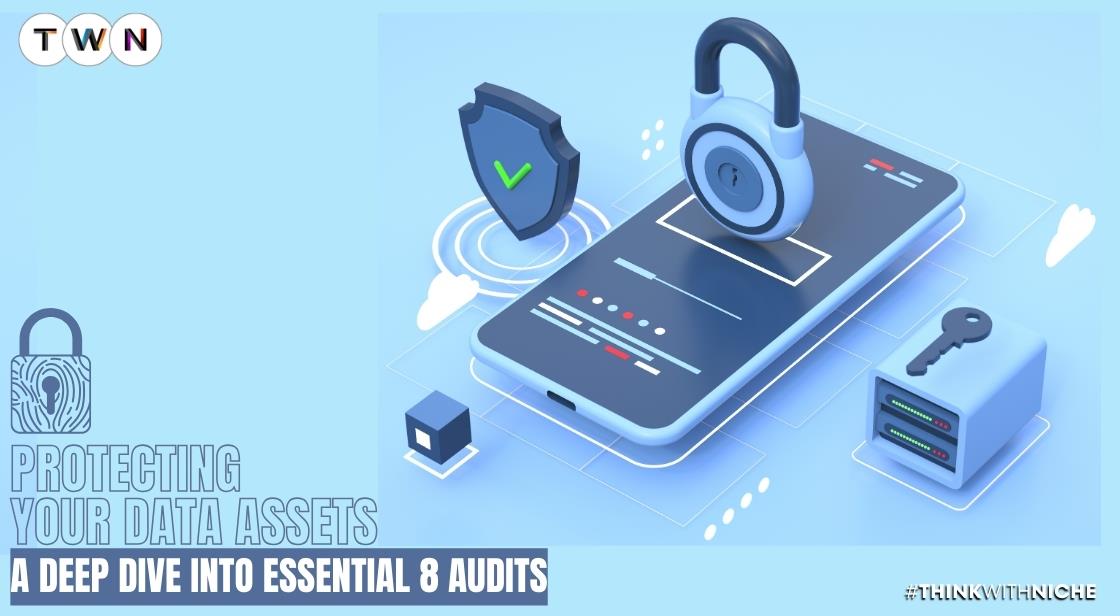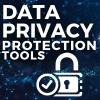Protecting Your Data Assets: A Deep Dive into Essential 8 Audits

Blog Post
As the digital landscape evolves, the importance of safeguarding data assets becomes increasingly critical. Cybersecurity measures play a pivotal role in protecting organizations from the growing threat of cyberattacks. One such comprehensive approach gaining prominence is the Essential Eight Audits.
Developed by the Australian Cyber Security Centre (ACSC), these audits provide a robust framework for enhancing an organization's cybersecurity posture.
In this article, we delve into the Essential Eight Audits, breaking down each component to understand their significance. From application whitelisting to multi-factor authentication, these audits offer a holistic strategy to mitigate cyber threats.
Furthermore, we explore advanced considerations and best practices, such as Zero Trust Architecture,
Endpoint Detection and Response (EDR), and Threat Intelligence Integration, to provide a well-rounded approach to data security in the ever-evolving digital landscape.
Let's navigate the intricacies of Essential Eight Audits and delve into advanced strategies that organizations can adopt to fortify their defenses and protect their invaluable data assets.
Safeguarding your data assets is very important under all circumstances. Organizations must employ robust measures to ensure data security. One such approach gaining prominence is the Essential Eight Audits. This article talks about the various aspects of an essential 8 audit, exploring their significance, and how they can help you protect your invaluable data.
Introduction to Essential Eight Audits
The Essential Eight Audits are a set of cybersecurity assessments that focus on enhancing the security posture of an organization's information systems. Developed by the Australian Cyber Security Centre (ACSC), these audits have gained international recognition for their effectiveness in mitigating cyber threats. Here's a breakdown of each of the eight audits to know their significance.
Application Whitelisting
Application whitelisting is the first line of defense in the Essential Eight Audits. It involves creating a list of approved applications that are permitted to run within an organization's network. Any software not on the whitelist is prohibited from executing, reducing the risk of malicious software infiltrating the system. This measure ensures that only trusted applications can run, significantly reducing the attack surface.
Patch Applications and Operating Systems
Outdated software and operating systems are commonly exploited by cyber attackers. This audit mandates regular updates and patches to eliminate known vulnerabilities. By keeping all software up-to-date, organizations can address potential security weaknesses and reduce the risk of exploitation.
Configure Microsoft Office Macro Settings
Microsoft Office macros can be used as a vector for malware and cyber threats. This audit emphasizes the need to configure Office applications to disable macros by default, allowing them only from trusted sources. This measure prevents malicious macros from executing and compromising the system.
User Application Hardening
User application hardening involves configuring web browsers and email clients to block specific web content and prevent the execution of malicious code. By tightening these settings, organizations can enhance security by reducing exposure to potentially harmful websites and email attachments.
Restrict Administrative Privileges
Limiting administrative privileges is a crucial aspect of data security. This audit advocates for restricting access to administrative accounts, ensuring that only authorized personnel can make system-level changes. This minimizes unauthorized access and misuse of privileged accounts.
Also Read: Top Fashion Brands: The Best Clothing Brands in the World
Patching Operating Systems and Applications
Besides patching applications and operating systems, organizations should also prioritize patching third-party software. Vulnerabilities in these programs can be just as exploitable as those in core applications. Regularly updating third-party software is essential to maintain a robust security posture.
Multi-Factor Authentication (MFA)
Multi-factor authentication (MFA) is a strong defense against unauthorized access to accounts and systems. It makes things more secure by asking users for more than just a password. For example, it might ask for a password and a code sent to your phone. With MFA, even if someone figures out your password, they still can't get in without that extra code, making it much harder for unauthorized access.
Daily Backups
Regular data backups are crucial for recovering from cyberattacks and data loss incidents. This audit emphasizes the importance of conducting daily backups and testing their restoration processes. Ensuring the availability of up-to-date backups helps organizations minimize downtime and data loss if there is an attack.
Advanced Considerations and Best Practices
It's essential to recognize that data security is a continually evolving field. Staying ahead of cyber threats demands ongoing improvement and the adoption of advanced considerations and best practices. Here are some key elements to enhance your organization's data security:
Zero Trust Architecture: In the realm of data security, Zero Trust Architecture is a game-changer. It operates on the principle that trust should not be assumed, whether from within or outside the organization. This approach enforces stringent identity verification and continuous monitoring, ensuring that users and systems must continually prove their trustworthiness.
Endpoint Detection and Response (EDR): EDR solutions are indispensable for real-time threat detection and response. They offer advanced analytics and monitoring capabilities, enabling security teams to swiftly identify and mitigate threats at the endpoint level. Integrating EDR technology into your security infrastructure can significantly boost your ability to detect and respond to complex cyber threats.
Threat Intelligence Integration: To bolster your security posture, consider integrating threat intelligence feeds into your defense strategy. These feeds offer real-time insights into emerging threats and vulnerabilities, enabling proactive measures to prevent potential attacks. Staying well-informed about the latest cyber threats is essential to fortify your defenses against the ever-evolving risks in the digital landscape.
By combining an essential 8 audit with advanced security strategies and best practices, your organization can build a strong defense against the ever-evolving realm of cyber threats. Keep in mind that in today's rapidly changing digital environment, adopting advanced security measures isn't merely an option. It's necessary to protect the integrity and confidentiality of your invaluable data assets.
You May Like
EDITOR’S CHOICE












